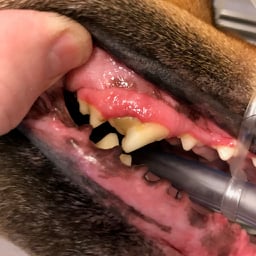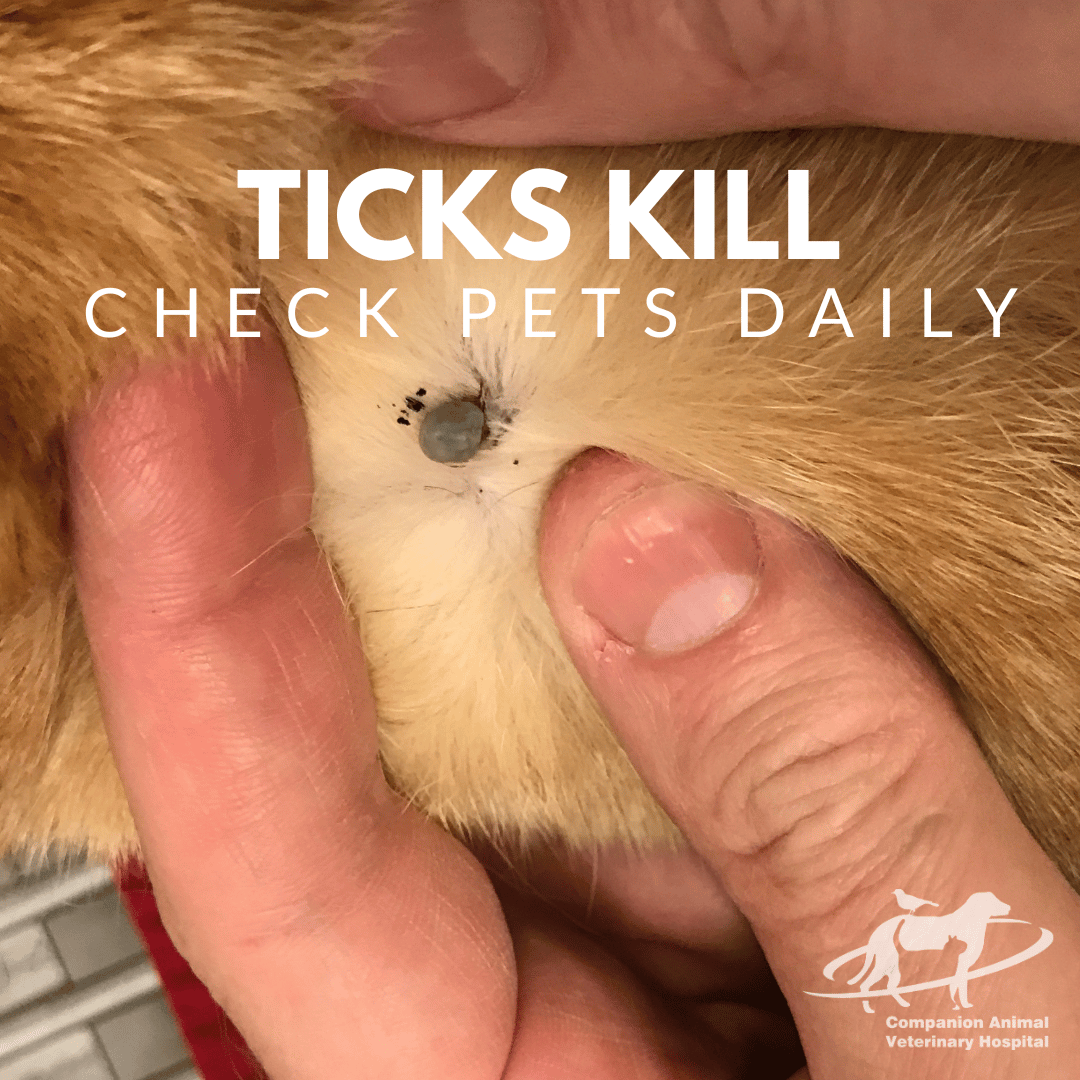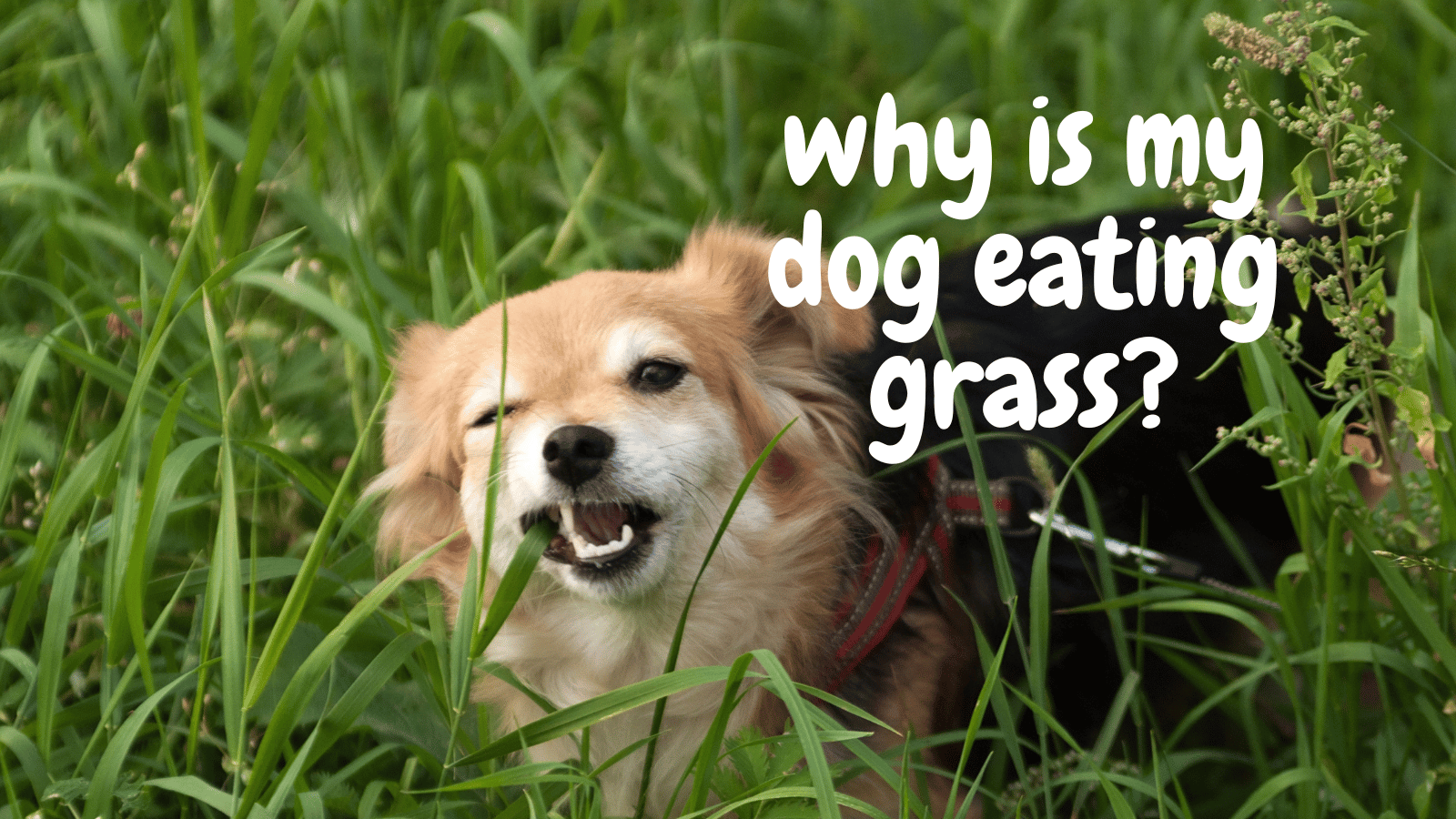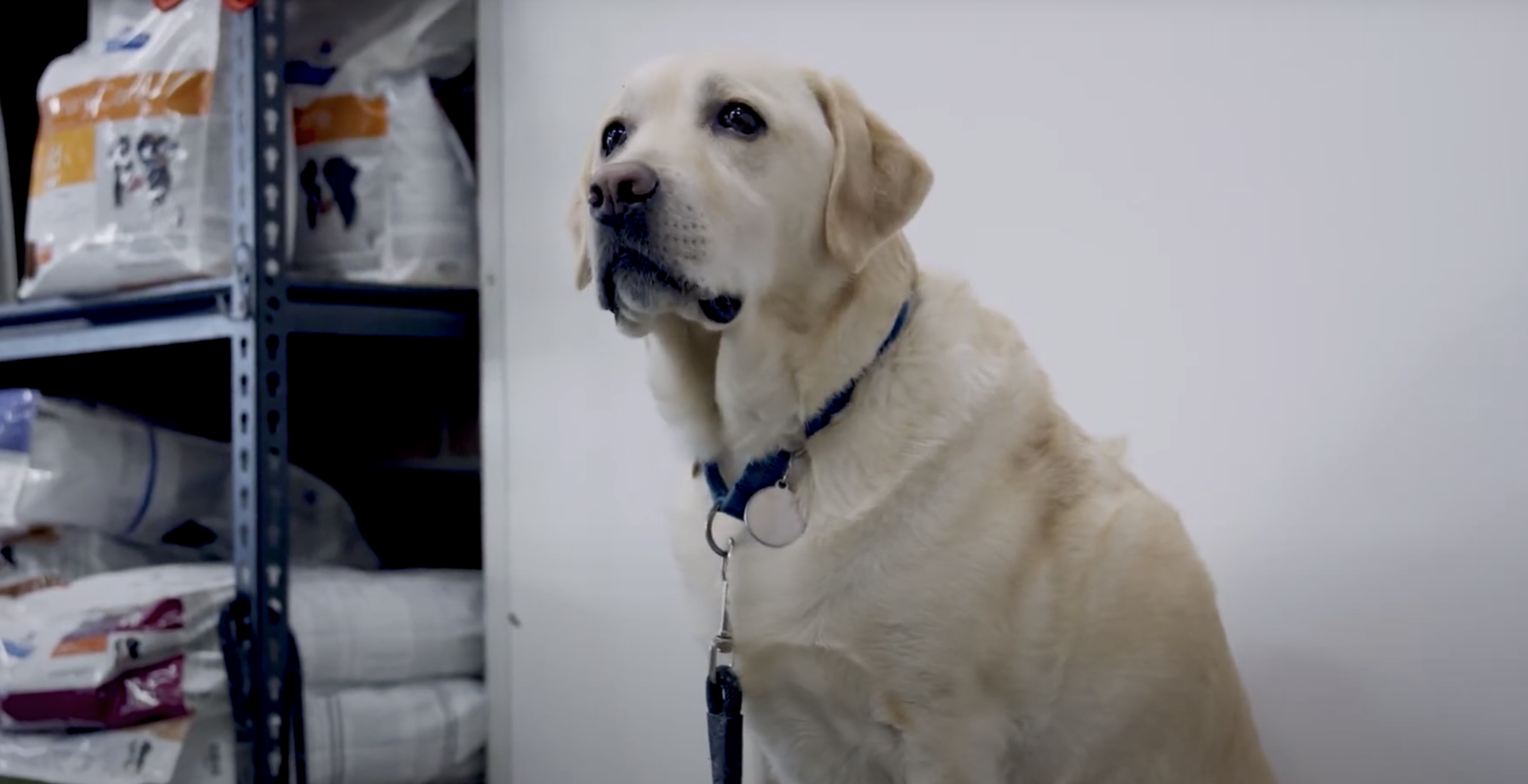Periodontal disease is the most common dental disease in pets and is largely preventable. It is caused by the accumulation of plaque, a bacteria-nurturing gunge, that sticks to the teeth (that ‘furry’ feeling on your teeth if you haven’t brushed for a while) and helps destructive bacteria to proliferate in the mouth. The plaque can then become mineralised, forming tartar/calculus that allows even more bacteria to attach and grow. While visible tartar is unattractive, it is the plaque and tartar that lies under the gum line that causes the real damage.
Initially there is gingivitis – inflammation of the gums that leads to swelling of the gums and migration of bacteria into the deeper pockets the swelling creates. In these low oxygen environments, nastier bacteria can grow, causing further damage.
The combination of the bacteria, bacterial by-products and toxins, as well as the inflammatory process itself can lead to gum and bone loss, weakening of the tooth attachment leading eventually to tooth loss. If enough bone is lost, oral perforations and jaw fractures can result.
Dental disease is painful and negatively affects quality of life, just ask anyone with a toothache. And just like people with a toothache, they don’t give up food, they just eat with a sore mouth. They don’t quit walks, they just go to walk with a sore mouth and they don’t scream in pain all day, they just suffer in silence.
Happily there are preventative measures anyone can take to avoid periodontal disease. For those cases that have progressed beyond preventative treatments, vets are well equipped to address any dental issues that may have arisen.






